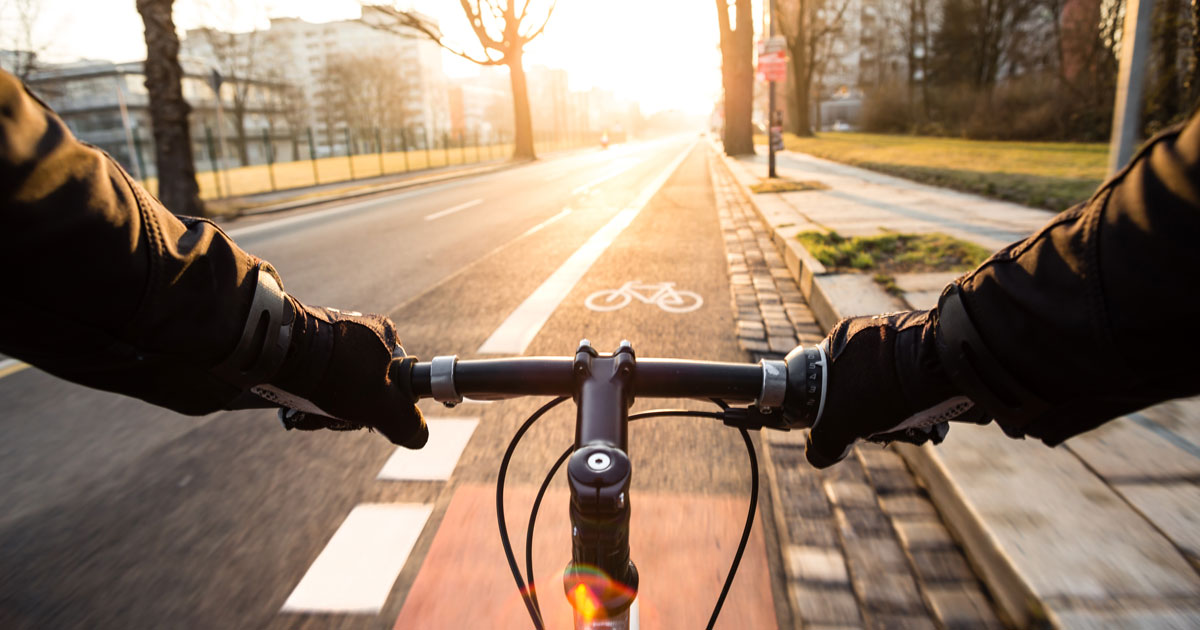Between abundant rail trails, bike lanes and paths, sharrows and complete streets connections, Kingston and Poughkeepsie are on their way to having bicycling renaissances.
While more options and visibility for bicyclists is a good thing, it also means that more drivers are going to be sharing the road for the first time with bikes. If you’re excited to get out and try some new bike routes on the roads, we have some tips for avoiding bicycle accidents:
1. Wear a Helmet

This is a big one: less than half of all bicycle riders wear a helmet, according to recent statistics from the Centers for Disease Control and Prevention.
If you’re wearing a helmet and get into an accident, you are:
- 52% less likely to suffer from a severe traumatic brain injury
- 44% less likely to die from your injuries
- 31% less likely to break facial bones
Those stats come from a recent study in the American Journal of Surgery.
There are some who say that wearing a bicycle helmet may lead to the rider taking more risks, or that poor helmet design may hurt riders more than help them, but if you wear a properly-fitted helmet and take precautions while riding, you are unquestionably safer.
2. Ride With Traffic Whenever Possible
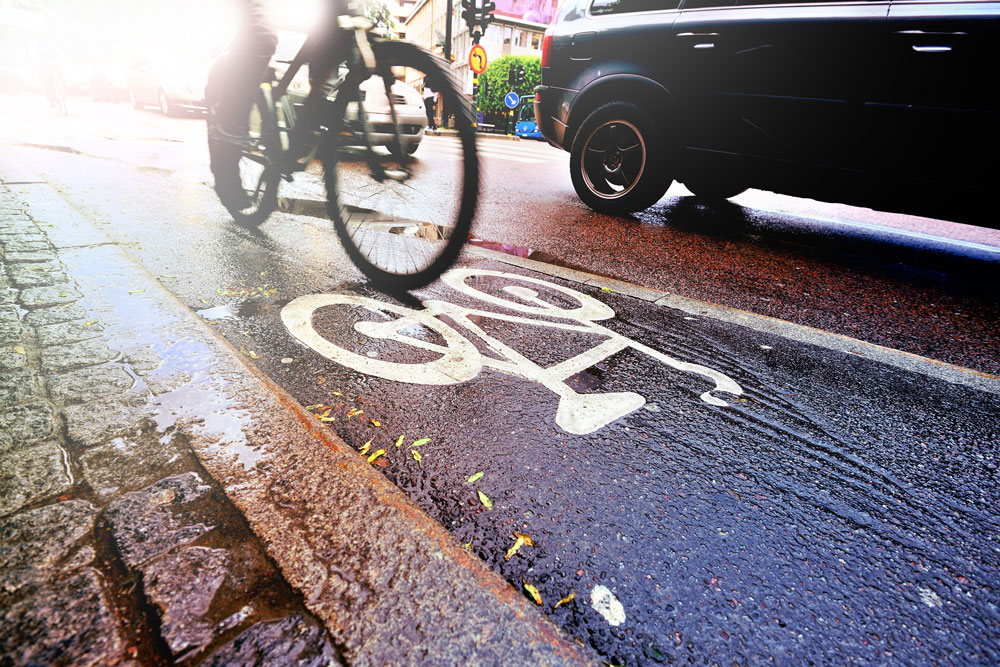
It’s said that a generation of parents taught their kids to ride against traffic. The one benefit is that it’s easy to see cars coming at you, instead of looking behind you constantly. Riding against traffic is often called “salmoning,” referring to the fish that swim against the current of a river.
Some of the downsides of salmoning include:
- Cars don’t expect to see you coming at them; especially if they’re pulling out of a driveway
- Cars close in on you much faster, and the time for a driver to react to your presence is much less
- If you get into an accident, it may be harder to obtain a favorable judgment because you weren’t following the law
The New York State Department of Transportation says that you should ride with traffic. Here’s where you should be on the road:
- If a bike lane is available, use it
- If the lane doesn’t exist or is inaccessible, get as far right as is practible
- Move to the left as necessary to avoid parked cars or debris
- When making a left turn, “take the lane” until you are through the intersection, then move back to the right section of the road
3. Ride Carefully in New Areas
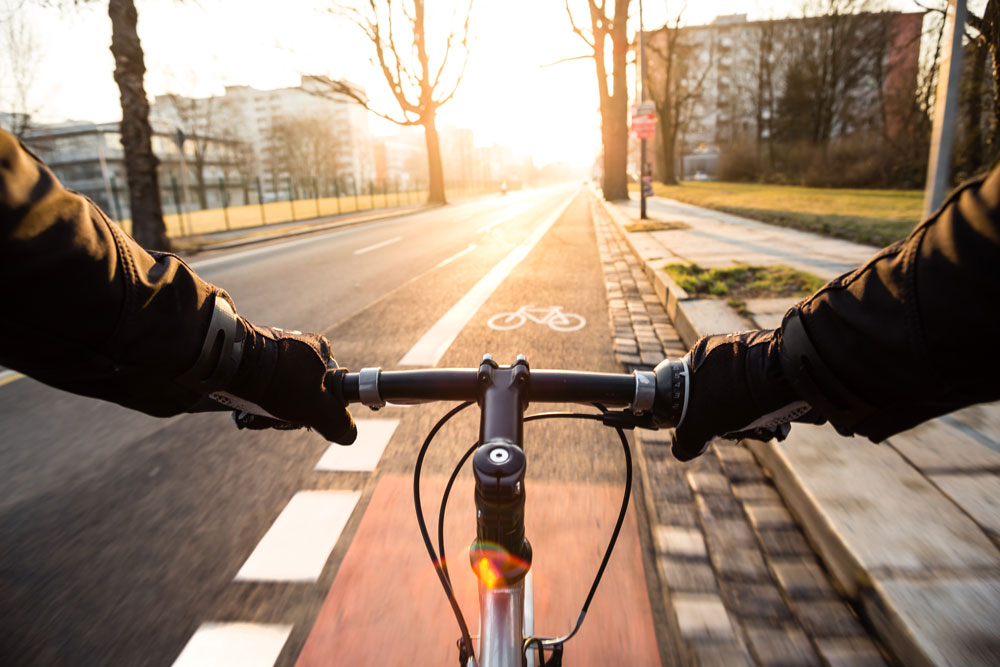
We all have our familiar pathways and roads that we like to ride on. If you’re covering new ground, safety hazards like problematic intersections, potholes, speeding drivers, or a non-existent shoulder can sneak up on you.
If you’re planning to try a new route, try it at a time when you’re not in a hurry, when there’s plenty of daylight and favorable weather. Using Google Maps’ “Street View” feature can help you get a visual idea for what you’re in for.
4. Obey the Rules of the Road (with a few exceptions)

This is somewhat related to riding with traffic. The State Department of Transportation says the following:
- Obey traffic lights and signs
- Ride on the road; bicycling on sidewalks is prohibited except for children in both Kingston and Poughkeepsie
- On narrower lanes (ten feet or less), ride in the center of the lane
- Bicyclists may choose to dismount and walk their bike across a pedestrian crosswalk
- Yield the right of way to pedestrians
5. Use Hand Signals While Turning
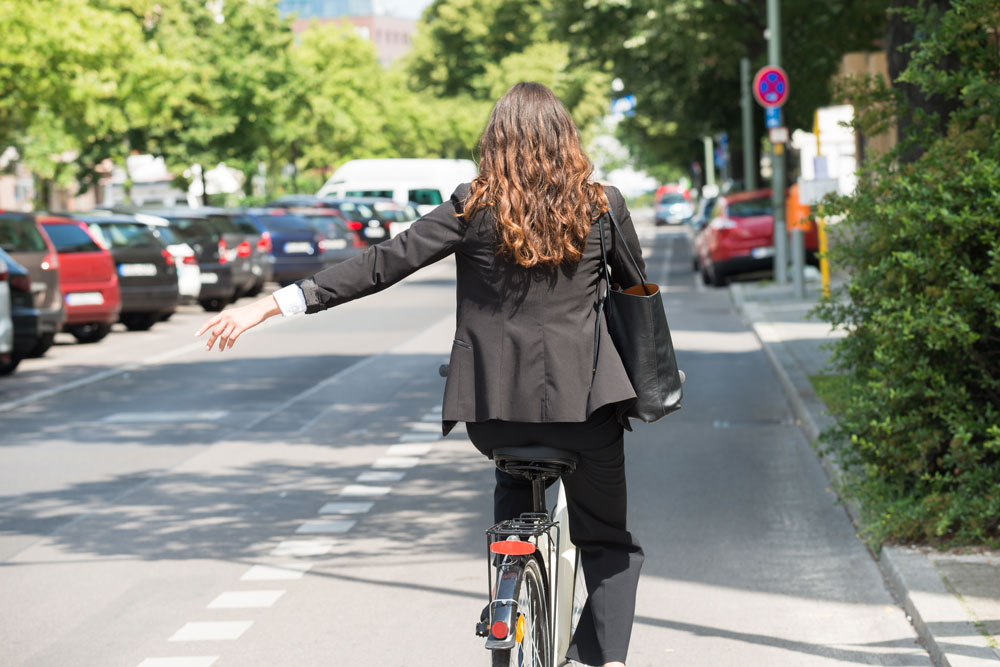
There are four signals you should know:
- Left turn: extend left arm straight out, sideways (possibly pointing)
- Right turn: extend left arm sideways with elbow bent up at 90-degree angle
- Alternative right turn: extend right arm straight out, sideways (possibly pointing)
- Stopping or slowing: extend either arm sideways with elbow bent down at 90-degree angle
What to do if you get into an accident
If you get into an accident where there was a significant physical injury, you should call the police immediately and/or 911. If you have a smartphone and are out of harm’s way, take pictures of the scene, pictures of the damage to your bicycle, and pictures of your injuries. If another vehicle was involved in your accident, getting a solid description of the vehicle is important. The police often are able to track down hit-and-run drivers off of a good description, if the accident is reported quickly. Identifying and getting contact information from people who witnessed the accident can be key, as well as identifying any nearby businesses that may have surveillance footage of the incident.
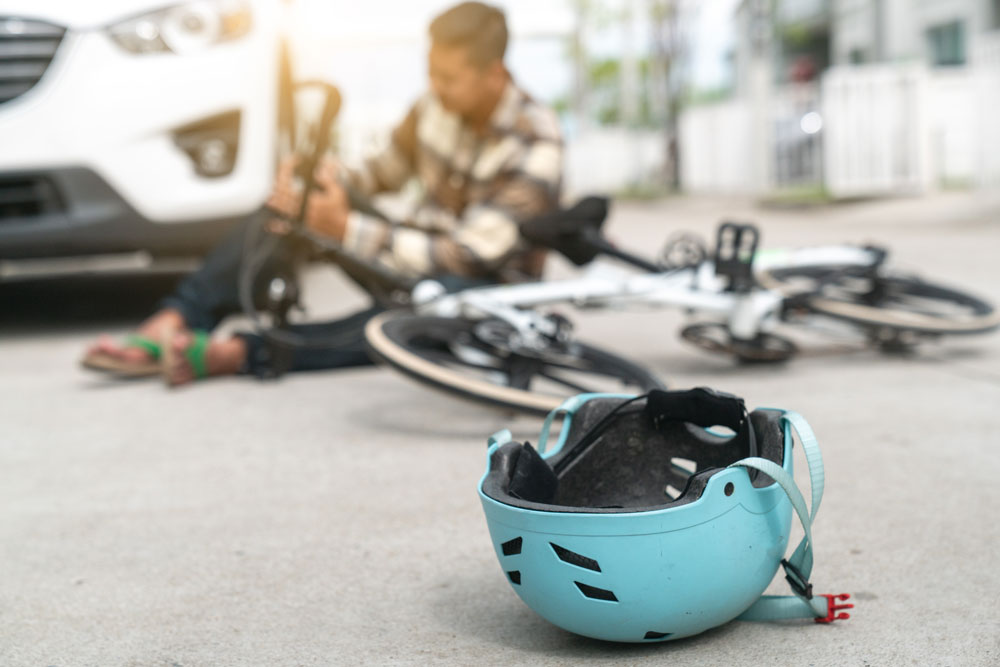
Getting into a bicycle accident can result in some serious injuries, which may cause you to miss work, pile up significant healthcare bills, and affect your long-term health. When it comes obtaining compensation in the wake of a bicycle accident, New York State is called a comparative fault state. Therefore, you can be partially at fault for an accident with a car, and still obtain compensation.
A personal injury case for a bicyclist can take anywhere from a handful of weeks to years. The biggest key is to contact a qualified attorney quickly, while evidence and memories are still fresh.

